'Death Railway' survivors recount experience
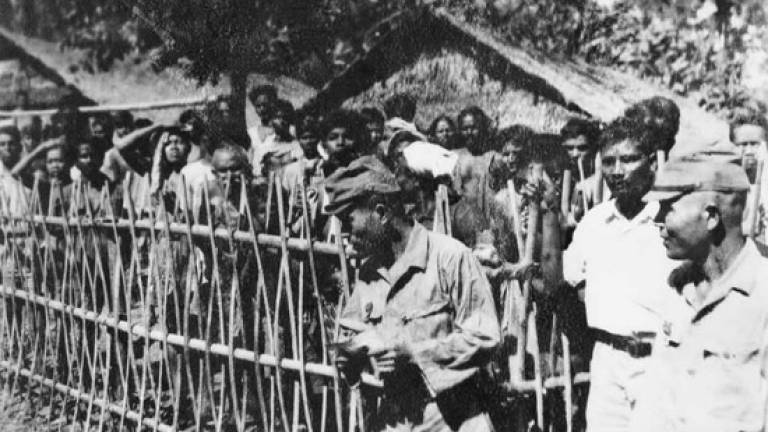
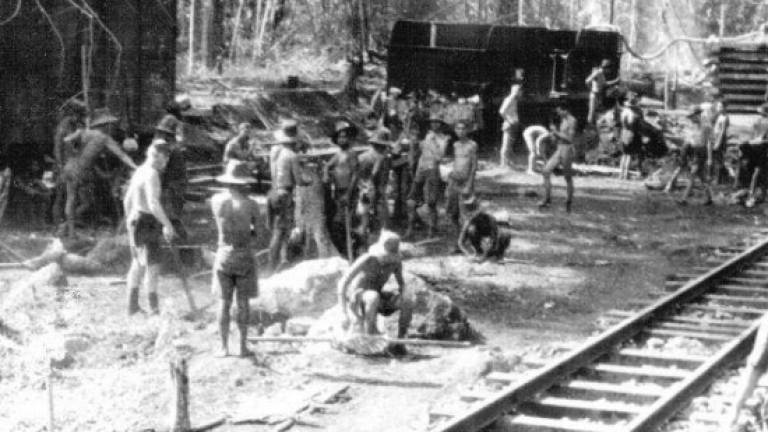
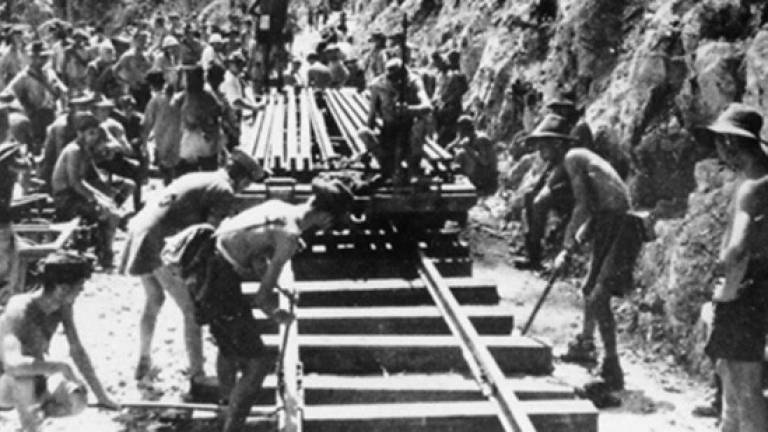
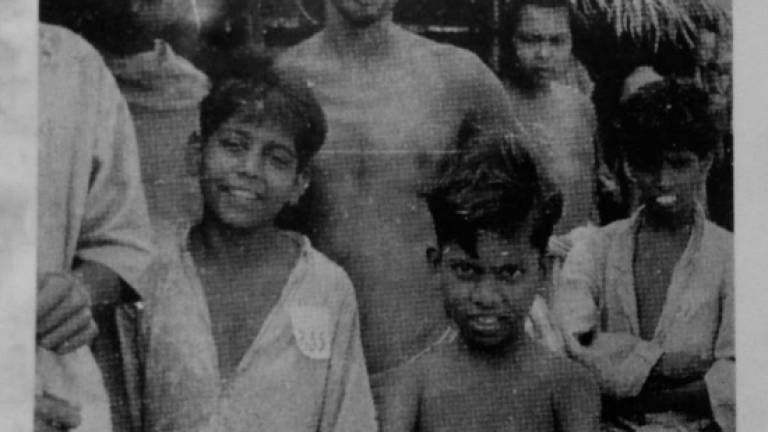
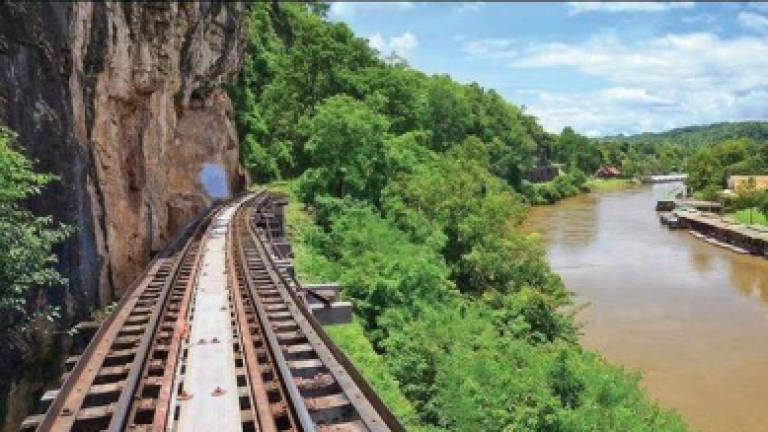
GEORGE TOWN: The Second World War is over but the bitter memories of war still lingers within the minds of those who were forced into building the Thai-Burma Railway or the Death Railway.
One of them is S. Darmalingam, 84, who recalls the horror of being taken away with his elder brother from their home in Gopeng, Perak, by the invading Japanese army.
He said they were both taken to Thailand by train before being forced to walk to a camp.
"We could not help those who fell down, the conditions were terrible and treatment was awful.
"If we were thirsty, only muddy water was provided, we were treated like slaves" he said during the "Story of Malayan Indians and the Death Railway", talk over the weekend.
Darmalingam said he was given a rattan basket to carry mud which would be used to even out the ground so the rails could be laid later.
"The saddest part was when my brother died, he died from cholera after a few months at the camp.
"I cried and cried and screamed, I could not believe he was dead," he said before his emotions got the better of him.
Another survivor was S. Shanmugan, 85, who said he and his family were taken from Alor Star, Kedah, to Thailand.
He said everything was bad there as there was not enough food and the water was dirty and contaminated.
"I lost my mother, brother and sister who all contracted cholera," he said sadly.
The public talk was organised by the Penang Hindu Association (PHA), Penang Hindu Endowments Board and also Death Railway Interest Group (DRIG).
DRIG chairman P. Chandrasekaran said some 120,000 to 150,000 Malayans were forcibly recruited during the Japanese occupation.
"About 80% were Malayan Tamils who were taken from the impoverished rubber estates but some were voluntarily lured by the promises of high wages.
"They did not know what they were getting into, some took their families along.
"At the end of the war, there were about a thousand children at the various camps and many of them were orphaned," he said, adding there was a need to document as much as possible about the experiences of the survivors.
PHA deputy president P. Murugiah said the NGO has urged the Federal Government to recognise the survivors as well as those who died under terrible conditions.
"We will be sending a memorandum to urge them to do so," he said adding such stories were an important historical record for Malaysia.
The Japanese commissioned the 415km railway that stretched from Ban Phong, Thailand to Thanbyuzayat, Burma (now Myanmar) to ferry supplies for the war effort.
Construction of the infamous railway line began in June 1942 after the Japanese seized control of Burma, a colony of the United Kingdom (UK), and the line was completed on October 1943.
Almost a quarter of a million persons, including allied prisoners of war (POWs), and forced labour from Japanese-conquered territories, were involved in the construction.
Some parts of the line are still in use, some have fallen into disrepair and many have now become tourist sites.